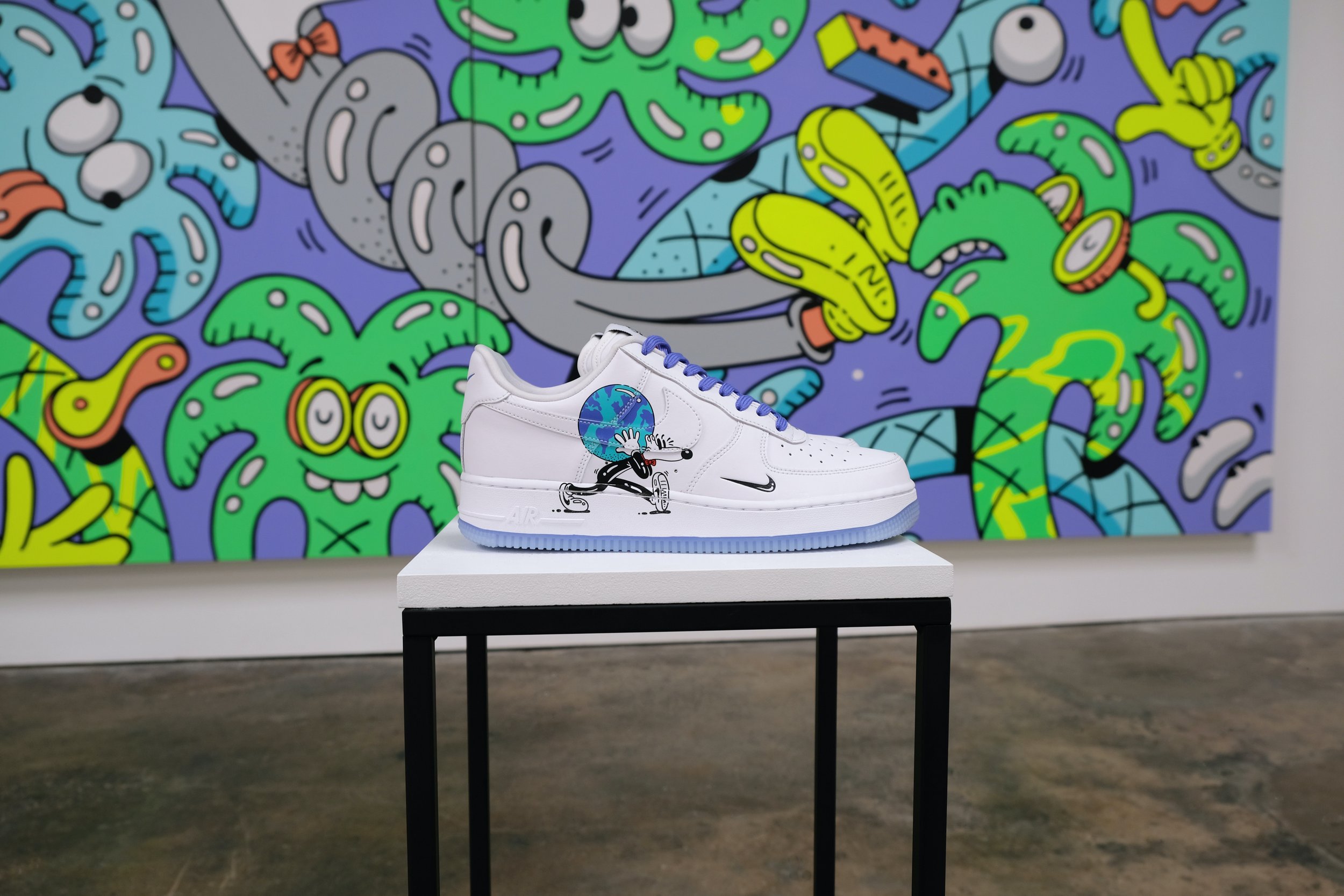How personalisation can help your brand
We’re getting personal today and finding out how you can grow by handing over power to your customer…
One of the key trends identified for 2022 was personalisation, and no we’re not talking about your initials monogramed onto your bag, we’re talking giving more control to the customer. Scary? Possibly.
Bell states that personalisation is now a mass-market strategy, one that all brands can take advantage of. Prada was one of the first to do so, releasing a collection of shoes in 2014 that were made-to-order with three different heel heights, five finishes and 27 different colours to choose from. The line was so popular that they rereleased it the following year. Prada’s example could possibly be seen as an extreme way of implementing personalisation, but it is the amount of control that customers love. They want to be able to express themselves even more but still need the guidance from the professionals.
Nike has been doing this since what seemed the beginning of time, I always remember my old PE teacher who had his children’s names on the back of his Nike trainers, I thought it was so cool. Nike has been offering what they call customisation since 1999 through their website, Nike By You has become one of the most popular forms of personalisation.
More small-scale personalisation is seen in everyday high street shopping, in the form of different fit ranges. Tall, petite, curve, all ways that brands have personalised their collections to appeal to a bigger market.
Examples of personalisation / customisation in shoes
Moving away from clothes, personalisation can be implemented not just through products but through customer experience. ASOS for example, asks customers to enter details about themselves (height, weight, age) to help find a better fit with clothes. This type of personalisation is about personalising the experience, being shown clothes that will fit you best and being told what size is suitable, no more having to buy the same thing in three different sizes to then return it all anyways because it still doesn’t fit. Personalisation is also about delivering a differentiated experience to each customer, not just picking the colours of your laces on a shoe.
Personalisation is set to increase revenue for brands, it is expected that there will be a 110% increase in further purchases and 40% of customers are willing to pay more for the service. So, personalisation could do wonders for your brand, but how? How can it be implemented into smaller brands without spreading yourself too thin?
1. Build your collection around it
Building your collection around personalisation is a very easy way to implement it without having to overdo it on the effort and cash. For example, having products that are multi use, tops and dresses that double as skirts, customers can personalise how they wear the collection themselves without you having to fork out a load of money for made-to-order pieces.
2. Offer a small personalisation service as extra
Talking about made-to-order, even though it may sound daunting, it can be easier than thought. As already mentioned, 40% of customers are willing to pay more for a personalisation service, so why not charge a little extra for a little extra work. Offering tailoring services done before purchase, changing inseam lengths on trousers for a little longer or shorter is very easy example and customers are almost always willing to pay a fee. It increases brand image and widens the customer base to more people.
3. Know your customer’s style
One of the best ways to make your customer feel as if they are seen, is by seeing them, clever I know. What do your individual customers like, what is their personal style? Best way to find out is asking them, make a little quiz about their style and shopping habits. From there you can create a personalised style edit for them, products you think they’ll like, products related to their recent purchases, anything that makes them feel like they are at the heart of the brand, not just profit.
Overall, personalisation is not just about the products being customisable but about having the brand being customer centric. Yes, customers want control, they want to be able to show their own style, but they also want to feel as if they are being looked after. That their experience is personal to them and the brand they are shopping from is all in on them. Using personalisation in design but also service is what will engage customers, retain them and increase the brand image.
Peace and Love,



